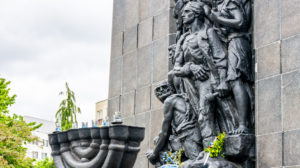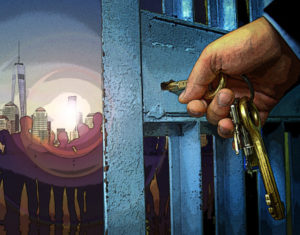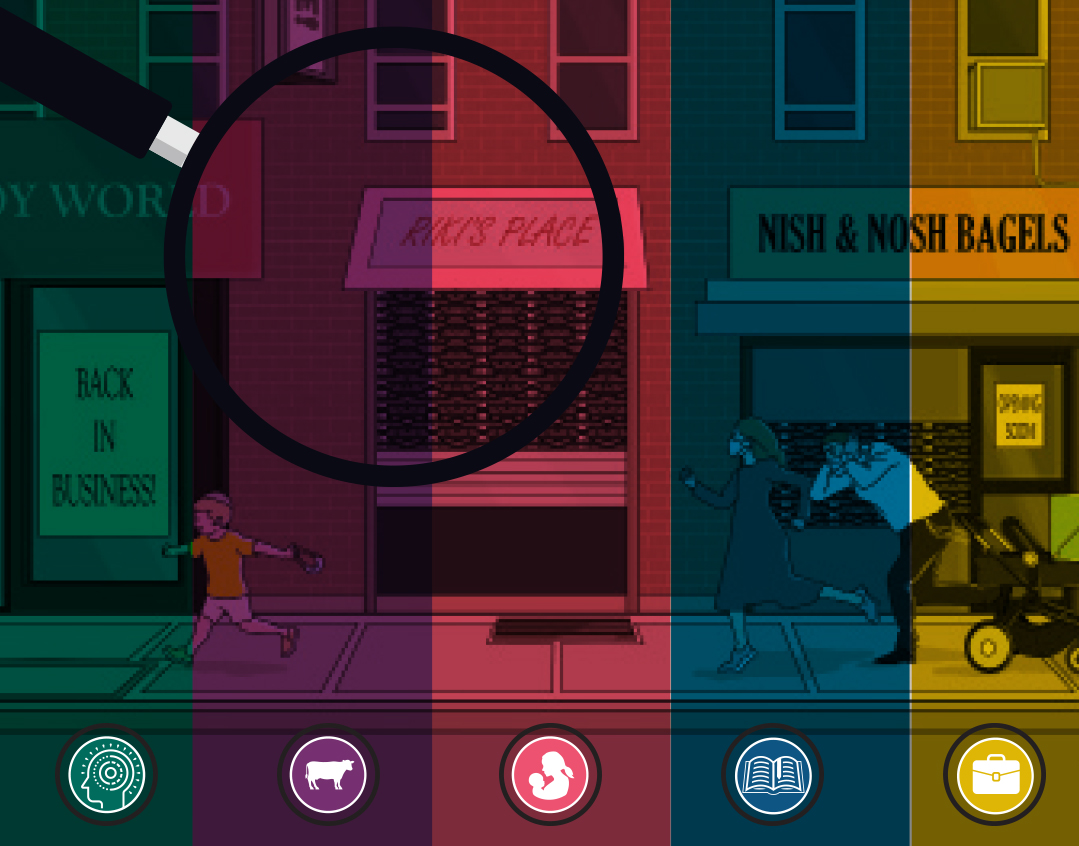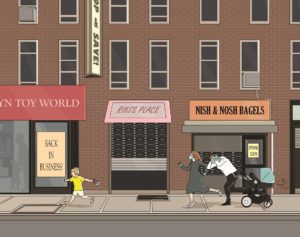Is It Over Yet?

Restarting America: The political battle over corona's exit strategy
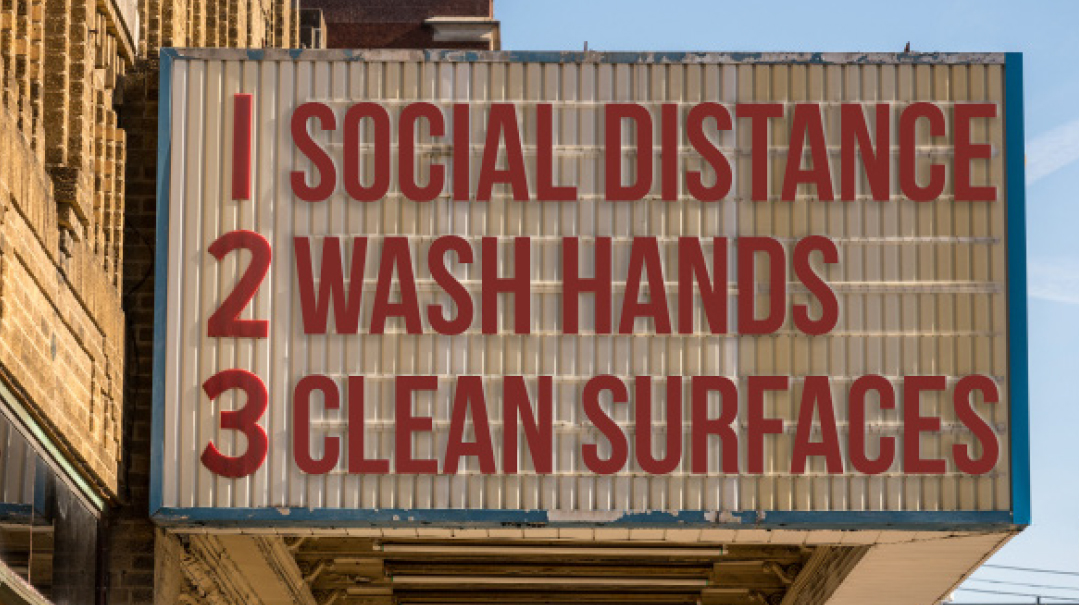
The first wave of the deadly coronavirus is behind us, and now the discussion has turned to an exit strategy from a pathogen that has so far killed more than 160,000 people worldwide and almost 40,000 in the United States. But getting from here to there won’t be so easy, especially in America, where the federal government and state capitals often hold competing interests.
In sparsely populated states like Wyoming, Alaska, and Montana, there have been a total 1,000 cases and 21 deaths as of this writing. In New York, on the other hand, there were 7,000 new cases on Saturday alone. Different regions, with different population densities, demand different solutions.
But how do you decide which policy is appropriate for each city and state? And is the decision entirely separate from political considerations? The presidential elections are almost six months away, and there’s nothing President Trump would like more than to see a fully functioning economy by November. Trump wants to open up the United States for business again, but Democratic governors in Minnesota, Michigan, and Virginia oppose that idea, claiming it will cost lives.
Michigan, for instance, is ranked fifth in the nation in the total number of cases and third in the number of deaths, though it is only the tenth most populous state. In New York, Trump has accused Governor Andrew Cuomo of being unprepared for the crisis, and he tweeted last week that states should be responsible for administering additional tests. Several governors have countered that instead of the states competing for equipment, the federal government should take charge and coordinate the effort.
And so, under cover of a debate over personal liberties, we were treated to the absurd sight last week of far-right activists protesting Michigan governor Gretchen Whitmer’s stay-at-home order with signs calling her policies “Nazi” and demanding: “END THE LOCKDOWN.” In California, protesters held up signs claiming that “COVID 19 is a lie.” In Wisconsin, thousands of people stood with signs calling on Governor Tony Evers to “LIBERATE” the state. Yes, it appears that in the United States, even a debate over the severity and source of an epidemic has become an ideological battle between the left and right.
It’s true, the situation in the US is bad. The number of new unemployed last month rose to 22 million, worse than during the economic crisis of 2007–2009. In the 11 years since then, the American economy has created 21.5 million new jobs, all of which have been wiped out, at least temporarily. The question is how many will be able to return to work and how soon.
The Danger of Opening Too Soon
But how can life return to normal again? Is allowing people to gather together at restaurants and baseball games a personal liberty worth preserving during a worldwide pandemic with an alarmingly high fatality rate and no vaccine in sight?
Again, the answer isn’t simple. First, because health experts still don’t know when the outbreak will die out. And with insufficient testing, it’s unclear how many people have really been infected and how many were asymptomatic and now immune. In addition, increasing reports of success with various experimental drugs lend weight to the case that the coronavirus is after all just a severe flu. And you don’t stop the world economy because of a severe flu.
President Trump is wavering between two extremes. On the one hand, he has instituted social distancing directives that will be effective until April 30. Those rules call on the elderly to stay home, limit gatherings to ten people, direct people to work from home if possible, and urge the public to avoid restaurants and nonessential travel.
"A one-size-fits-all policy, even at the state level, was a mistake in the first place,” said Casey B. Mulligan, a professor of economics at the University of Chicago. “Instead policy should be favoring decentralized mechanisms over direct control and ensuring that the chosen regulations deliver more net benefits than less stringent alternatives.” Mulligan estimates the shutdown has already cost the US economy $7 trillion, or about $15,000 per household per quarter.
Trump says the worst is behind us, and he’s probably right. Social distancing is working, and in the past few days we’ve seen a downturn both in the number of deaths and in the number of new cases. But is America prepared for a second wave in terms of ventilators and protective equipment? Will Trump’s call for governors to reopen their economies at this sensitive juncture prove a dangerous mistake?
Politics and the Virus
The other battle, one that will accompany us until November, is that over the narrative. Trump and the presumptive Democratic nominee Joe Biden are each trying to create a different public perception of the administration’s response. While Trump is emphasizing his early travel ban from China and highlighting the manufacture of ventilators and medical equipment in American factories, Biden’s campaign ads are attacking the president for initially dismissing the severity of the virus. In addition, Biden’s campaign is pointing out that despite his hard-line stance against China, Trump actually praised China’s handling of the virus in the early stages of the crisis.
For now, at least, it appears the public isn’t convinced by Trump’s self-promotion. Morning Consult, which polls public approval of the president, shows Trump’s approval rating down 18% in just three weeks, from plus 14% on March 20 to minus 4% on April 12. In addition, a poll from April 15 shows that 81% of the public believes that the social-distancing directives should stay in place, while only 10% say that the government should reopen the economy.
Joe Biden could be taking advantage of all this anti-Trump sentiment, but he’s cooped up in his house in Delaware, unable to hold rallies or press conferences. Trump, on the other hand, gets an hour or two of free airtime every evening in which he can showcase his handling of the crisis. The former vice president knows well that if a certain amount of normalcy doesn’t return to America before the election, his campaign will find it difficult to find its footing and attract new voters.
(Originally featured in Mishpacha, Issue 807)
Oops! We could not locate your form.






